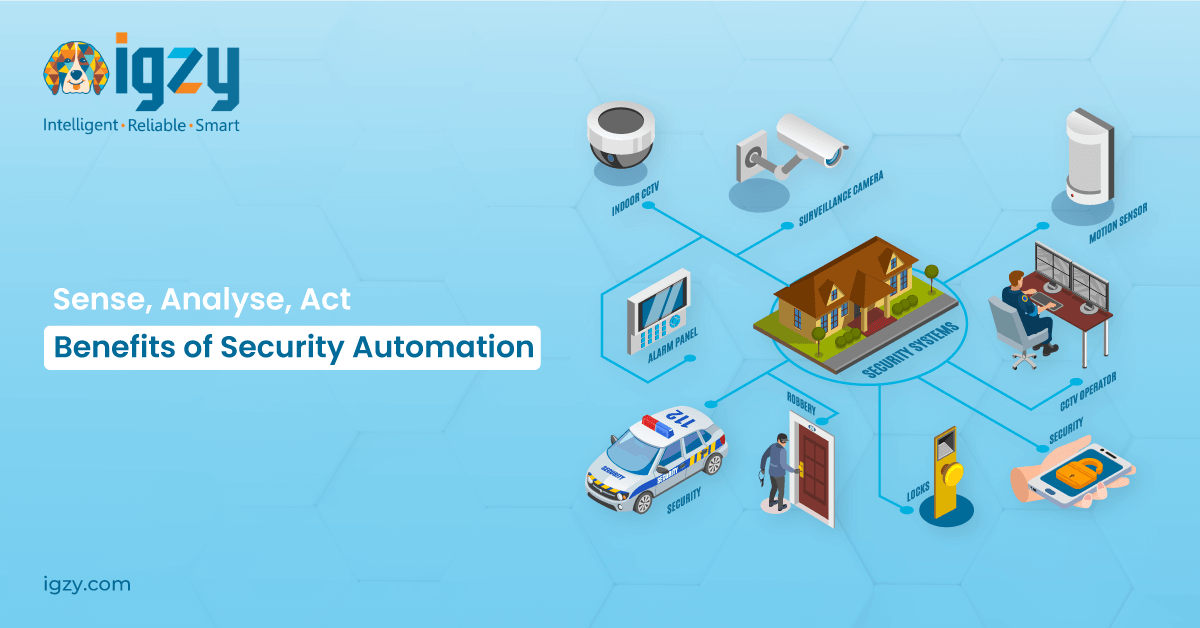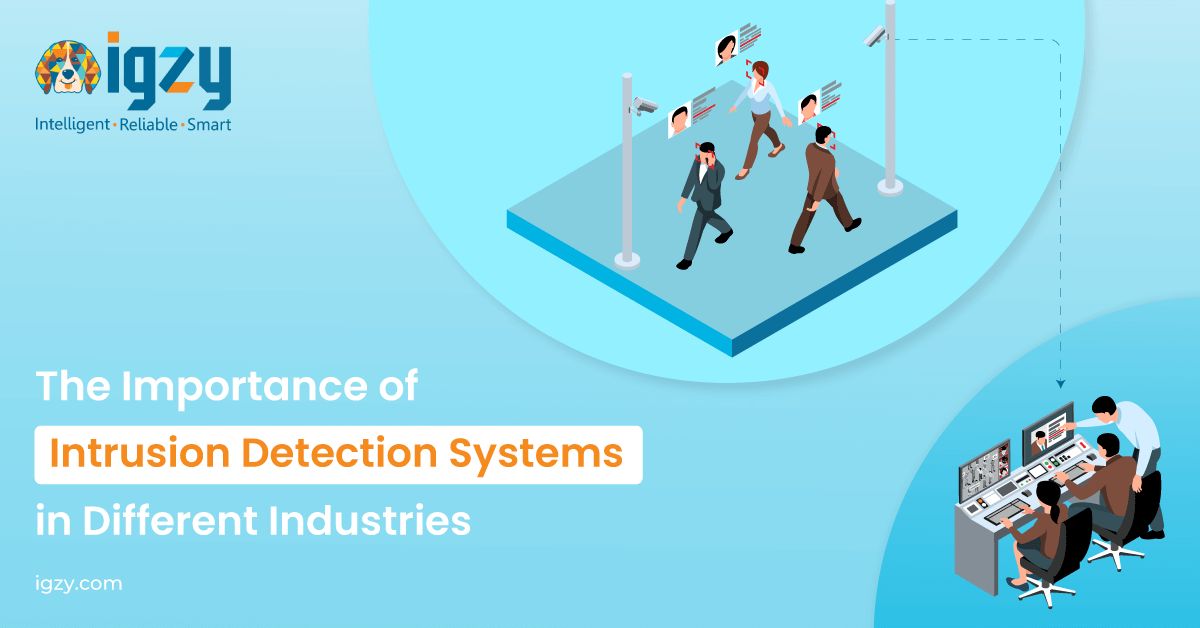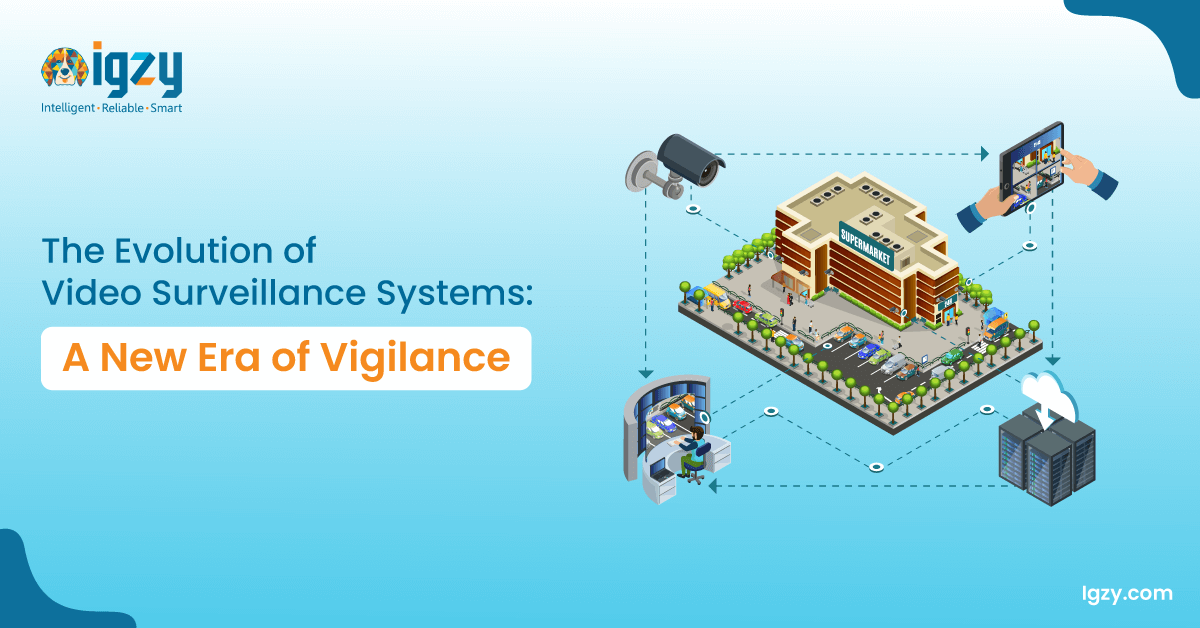How Does Wireless Security Camera System Works?

Table of Contents
Initially, when security cameras just hit the market, they required an electrical power supply to work and a data wire connected to the recorder and monitor to transmit and view the recorded footage. With the development in technology, the need to connect cameras to the recorder was solved by IP cameras and network video recorders (NVR). It allowed users to connect cameras with the recorder by providing a network cable to the camera, enabling them to send data over the internet. With further advancements, IP cameras evolved, and wireless network cameras took shape. These don’t rely on video or network cable and use a wireless network to transfer audio and video signals to the receiver connected to the recording and viewing device. For a more sophisticated solution, wireless security camera systems can be paired to the cloud for direct transmission without even involving a recording device.
THE WORKING MECHANISM BEHIND WIRELESS SECURITY CAMERA SYSTEM
Simplified installation and operations is the main reason for people installing wireless camera systems. With the increasing adoption of wireless cameras, there is a decrease in the mess created by wires running through walls and electrical boards. When connected with a power supply, the wireless camera works like a standard IP camera in recording HD videos. But transmitting footage to the recorder is where the difference lies. The captured footage is then converted into digital data by the camera system and sent to the receiver using a short-distance wireless connection like Wi-Fi or radio transmission. The data ultimately reaches the recorder, which stores it. After the communication, the audio and video can be easily accessed using a video management system built-in computer, phone, tablet, etc. If the user has opted for cloud storage, data can be directly uploaded to the cloud servers and can be remotely accessed.
COMMON MISCONCEPTION ABOUT WIRELESS CAMERA SYSTEM
There’s a common misconception among people that wireless IP cameras need no wire to work. This is not true. Even wireless cameras need a power supply cable to function. The wireless aspect occurs between the camera and the video recording device (NVR, DVR, or CMVR). People generally get confused between wireless cameras and wire-free cameras. Wire-free cameras are ‘zero’ wire cameras as batteries power them. This battery needs to be charged from time to time for continuous working, which is not feasible in large organizations. They are also not active all the time. These have a motion sensor built-in. Upon sensing motion in the area, it wakes up and starts recording. For 24/7 surveillance, wireless cameras need to be plugged in.
PROS AND CONS OF WIRELESS CAMERA SYSTEM
Pro: Easy to install
One doesn’t need to be tech-savvy to install a wireless security camera system. There is no need for tricky wiring and drilling holes. It can be mounted anywhere because it doesn’t require any network cables to run and only needs a Wi-Fi connection and a power source. No sort of complex connection is necessary before using the cameras, just configuring the Wi-Fi-enabled cameras to the receiver will do all the work and save much of the hassle. That is why self-installation is common in wireless security camera systems. This saves much time as well as effort.
Pro: Budget-friendly
With less hardware needed to run the system, it automatically makes it easier on the users’ pockets, especially the residential users, because they have squeezed budgets. No need for unnecessary wires and cables, and easy fitting makes it a viable option. Moreover, less technical know-how is required to configure these systems. So it saves one from the extravagant charges of technical personnel required from setting the system to make it running.
Pro: Portable
Wireless security cameras are just mounted onto the wall and not hardwired. Some devices are even placed on tables or other surfaces, which makes moving them a hassle-free job. Removing those components and shifting them to a new place can be done in minutes. Moreover, the number of elements involved in the system is also less compared to the traditional approach. This makes it an ideal choice for renters or businesses with temporary locations and people who need to shift frequently.
Pro: Battery backup
A fundamental question that often intrigues people is how to power wireless security cameras?
Wireless cameras receive their power supply from hardwire, meaning they are still vulnerable to power outages. However, new-age wireless cameras solve this problem as they come equipped with a battery backup out-of-the-box. This battery is not ample to power the camera the whole time but has enough power to keep it going in emergencies. This makes them useable even when there are power cuts when wired systems fail. This way, you and your valuable resources stay protected even when the whole house or business premises loses power.
Con: Limited range
Wireless network cameras have excellent capabilities when working remotely, but they can’t be very far from the receiver/hub since they are connected to the local wireless network. With an increase in the area, the connection loses its strength and faces issues in transferring the data to the recording device. This range is generally more if the place is clear with not many walls and hurdles between the signal to cross freely. The range also depends on factors like building material used and other wireless devices in the area. It could work fine in large warehouses with not many obstacles in between and could even fail in a house with walls, glasses, and doors installed. Due to more barriers, this signal is likely to weaken.
Con: Network interference
One of the major downsides of wireless security cameras is that they are prone to interference from other network devices, making them unreliable at times. In this intelligent and connected world, many devices on a network and their signals competing are a menace for security cameras. This problem further increases when there are many routers on a single bandwidth. This is a common situation in apartments and flats where most routers use the same bandwidth.
Con: Dependent on a wireless network
The working of the wireless security system is heavily tied to a wireless broadband network. All cameras must be located in the range of Wi-Fi to work correctly. Any failure or shutdown in the wireless network will directly impact the cameras, and they won’t transmit the data files. In large areas, Wi-Fi extenders are of great help. They help strengthen the signal by connecting on the same network and repeating it so that its range increases. And as a result, remote wireless cameras could also be connected.
Con: Limited size of the project
There is no wired connection between the wireless IP cameras and the receiver. Connecting all the cameras puts pressure on the network. Depending on the speed and bandwidth, the number of cameras working on a single network is limited. One can connect more cameras to the same network, but it will cause latency issues with the camera transmitting the data. That’s why this seems to be an attractive choice for houses, residential places, and offices.
Con: Risk from hackers
Being connected to the network all the time poses a threat to security. Old and low-quality wireless cameras become vulnerable to hackers. That’s why it is essential to keep wireless security cameras updated with the latest firmware.
To learn more about wireless security camera systems, get in touch with our specialist.





